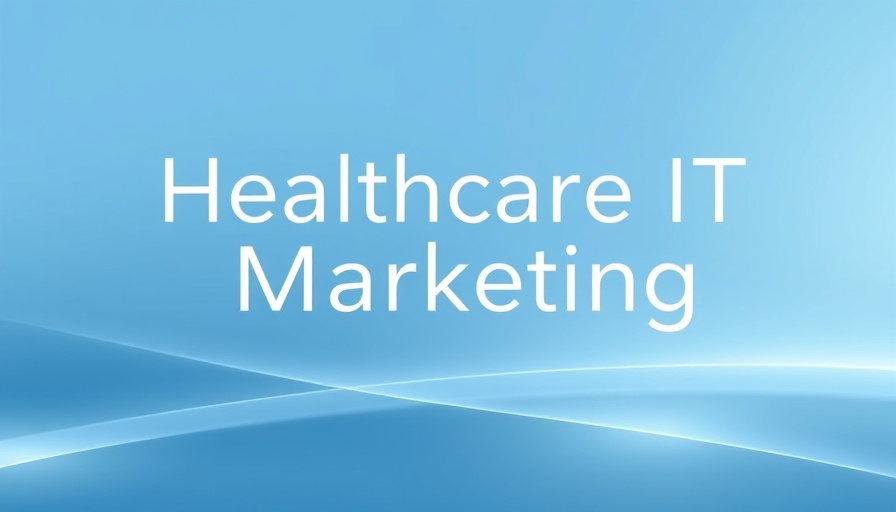
Revolutionizing Platelet-Rich Plasma Extraction: The Future of Regenerative Medicine
Platelet-rich plasma (PRP) therapy has gained significant traction in regenerative medicine, with its applications ranging from orthopedics to cosmetic surgery. Traditional methods of obtaining PRP typically rely on centrifugation, which, while effective, comes with its own set of challenges, including high costs and the risk of premature platelet activation. However, recent advancements introduced by researchers at the University of the Basque Country promise to change the landscape of PRP extraction.
What Makes This New System Stand Out?
The innovative device developed by Ikerbasque Research Professor Lourdes Basabe and lecturer Fernando Benito takes a pioneering approach by utilizing gravity sedimentation to separate PRP directly from blood. This method is not only cost-effective but also eliminates the need for complex machinery. By simplifying the extraction process, this system has the potential to enhance accessibility to PRP therapy for a broader range of patients.
How the New Method Works
The groundbreaking design of the device includes laser-cut acrylic sheets paired with special pressure-sensitive adhesives. This makes it straightforward and efficient to manufacture. In practical terms, the device can extract approximately 300 microliters of high-quality PRP from just 1 milliliter of blood within 40 minutes. Impressively, it reduces platelet activation significantly—down to only 8.2%, compared to the 31% seen with traditional methods.
The Implications of Enhanced Platelet Quality
Maintaining the function of platelets is paramount in ensuring the therapeutic effectiveness of PRP. The new method not only preserves the mean platelet volume (MPV) but also substantially reduces the presence of both red and white blood cells, achieving an impressive 98% and 96% elimination, respectively. For health practitioners, this translates to a higher-quality product that promises better patient outcomes.
Cost-Effectiveness: A Game Changer for Practices
One of the standout features of this new system is its potential for cost savings. The use of low-cost materials in its construction makes it an appealing option for practices aiming to provide high-caliber services without incurring prohibitive expenses. This is especially pertinent for smaller clinics or practices that may have previously found the costs associated with PRP extraction to be a barrier to offering this effective therapy.
Adapting to Patient Needs: Flexibility in Processing
Another significant advantage of the device lies in its adaptability. The system can be scaled to process varying volumes of blood, making it suitable for a wide range of patient needs. Whether a practitioner aims to treat a single isolated issue or a more extensive concern, this flexibility ensures that they can tailor treatments to individual patients flawlessly.
The Future of PRP Therapy
As PRP therapy continues to evolve, the implementation of this new extraction method may herald a shift in how practitioners approach regenerative medicine. The potential for improved patient outcomes coupled with cost-effective solutions positions this innovation at the forefront of medical advancements. With such advancements, concierge health practitioners can better serve their patients with minimally invasive options that result in maximum therapeutic benefits.
Bringing It All Together: The Value of Staying Informed
For concierge health practitioners, positioning oneself at the cutting edge of medical advancements is crucial for both patient satisfaction and practice success. The emergence of this innovative PRP extraction system is an exemplary case of how technological advancements can refine established therapeutic practices, leading to improved patient care.
As we witness further development in this field, remaining engaged with emerging technologies will empower practitioners to adapt and offer superior care to their patients. This kind of proactive engagement not only improves clinical outcomes but also positions healthcare practices as leaders in the rapidly evolving medical landscape.
Intrigued? Look for updates from medical tech sources and consider how incorporating new technologies can enhance your practice. By staying ahead of the curve, you can ensure that your services align with the latest advancements in regenerative therapy.
 Add Row
Add Row  Add
Add 




Write A Comment